PINON WOOD
$260.00 – $630.00Price range: $260.00 through $630.00
PINON WOOD
Pinon wood, harvested from the piñon pine tree (Pinus edulis or Pinus monophylla), is a distinctive softwood prized for its aromatic qualities and cultural significance in the American Southwest. Known for its resinous scent and warm appearance, piñon wood has been used for centuries in everything from firewood to crafts. In this detailed guide, we’ll delve into the origins, key properties, versatile applications, and care tips for piñon wood, helping you understand its unique charm and practical value.
The Origins and History of Piñon Wood
Piñon trees are native to the arid regions of the southwestern United States, including New Mexico, Arizona, and parts of Utah and Colorado. These slow-growing evergreens, which can live for 300-500 years, produce edible nuts and have deep roots in Native American and Hispanic cultures. Indigenous peoples used piñon wood for tools, shelters, and ceremonial fires, while Spanish settlers adopted it for construction and heating.
Today, piñon wood is sourced sustainably from managed forests, often as a byproduct of nut harvesting. Its scarcity and unique properties have made it a symbol of Southwestern heritage, valued for both its utility and aroma.
Key Properties of Pinon Wood
Pinon wood features a rich, reddish-brown heartwood with a prominent grain and occasional knots. The sapwood is lighter, and the wood is known for its resin content.
- Density and Strength: A softwood with moderate density (specific gravity around 0.5), piñon wood is lightweight and easy to work but not as strong as hardwoods. It offers decent bending strength for its type.
- Workability: It machines well, though its resin can gum up tools. Piñon wood takes stains and finishes adequately, developing a warm patina over time.
- Durability: Moderately resistant to decay but susceptible to insects and weathering. It’s best for indoor or protected outdoor use due to its softness.
- Scent and Texture: Piñon wood emits a distinctive, piney aroma with vanilla undertones, especially when burned. The texture is smooth yet resinous, adding to its tactile appeal.
These characteristics make piñon wood ideal for aromatic and decorative projects.
Popular Uses of Pinon Wood
Pinon wood’s unique scent and appearance lend it to a range of applications, from heating to handicrafts. Here’s an overview of its most common roles:
Firewood and Heating
Pinon wood is legendary as firewood, prized for its slow, hot burn and pleasant fragrance. It’s a staple in Southwestern homes for fireplaces and wood stoves, creating a cozy, aromatic atmosphere. The wood’s resin content produces minimal smoke and sparks, making it safe and efficient.
Furniture and Cabinetry
In woodworking, piñon wood is used for rustic furniture like tables, chairs, and cabinets. Its warm tones and grain patterns suit Southwestern or adobe-style decor. It’s often incorporated into accent pieces or carvings for its natural beauty.
Smoking and Culinary Applications
Pinon wood is popular for smoking meats and cheeses, imparting a subtle, nutty flavor with pine notes. It’s used in smokers and grills, especially in regional cuisines, adding depth to dishes like smoked turkey or roasted vegetables.
Other Creative Applications
Pinon wood is crafted into jewelry boxes, carvings, and sculptures, where its scent lingers. It’s also used for fence posts, tool handles, and even musical instruments like flutes. In some traditions, it’s burned for incense or used in aromatherapy.
Benefits of Choosing Pinon Wood
Opting for pinon wood offers several compelling advantages:
- Aromatic Appeal: Its natural scent enhances any space or dish, providing a sensory experience.
- Cultural Significance: Represents Southwestern heritage, adding authenticity to projects.
- Ease of Use: Lightweight and workable, piñon wood is accessible for DIY enthusiasts.
- Sustainable Harvesting: Sourced from renewable forests, supporting eco-friendly practices.
- Versatility: From heating to crafting, it adapts to various needs with minimal waste.
These benefits highlight piñon wood’s role as a multifaceted, regionally iconic material.
How to Care for Pinon Wood
Caring for pinon wood preserves its aroma and integrity. Season the wood thoroughly—air-drying for 6-12 months to reduce resin and moisture. For finished items, apply a sealant to protect against wear. Clean with a soft cloth and mild soap, avoiding water exposure that could cause warping.
Store piñon wood in a dry, shaded area to maintain its properties. With proper maintenance, piñon wood can endure for years, retaining its distinctive qualities.
Conclusion: Why Piñon Wood is a Southwestern Treasure
Piñon wood embodies the rugged beauty and aromatic essence of the Southwest, making it a cherished choice for heating, crafting, and cooking. Whether you’re building a fire, creating furniture, or experimenting in the kitchen, its properties deliver unique results. Embrace the allure of piñon wood and incorporate it into your projects for an authentic touch. For expert advice, reach out to local suppliers or artisans to explore how piñon wood can enhance your endeavors.
| SIZE | 1/2 cord, 1/4 cord, 1/8 cord |
|---|
Reviews
There are no reviews yet.
Related products
Firewood
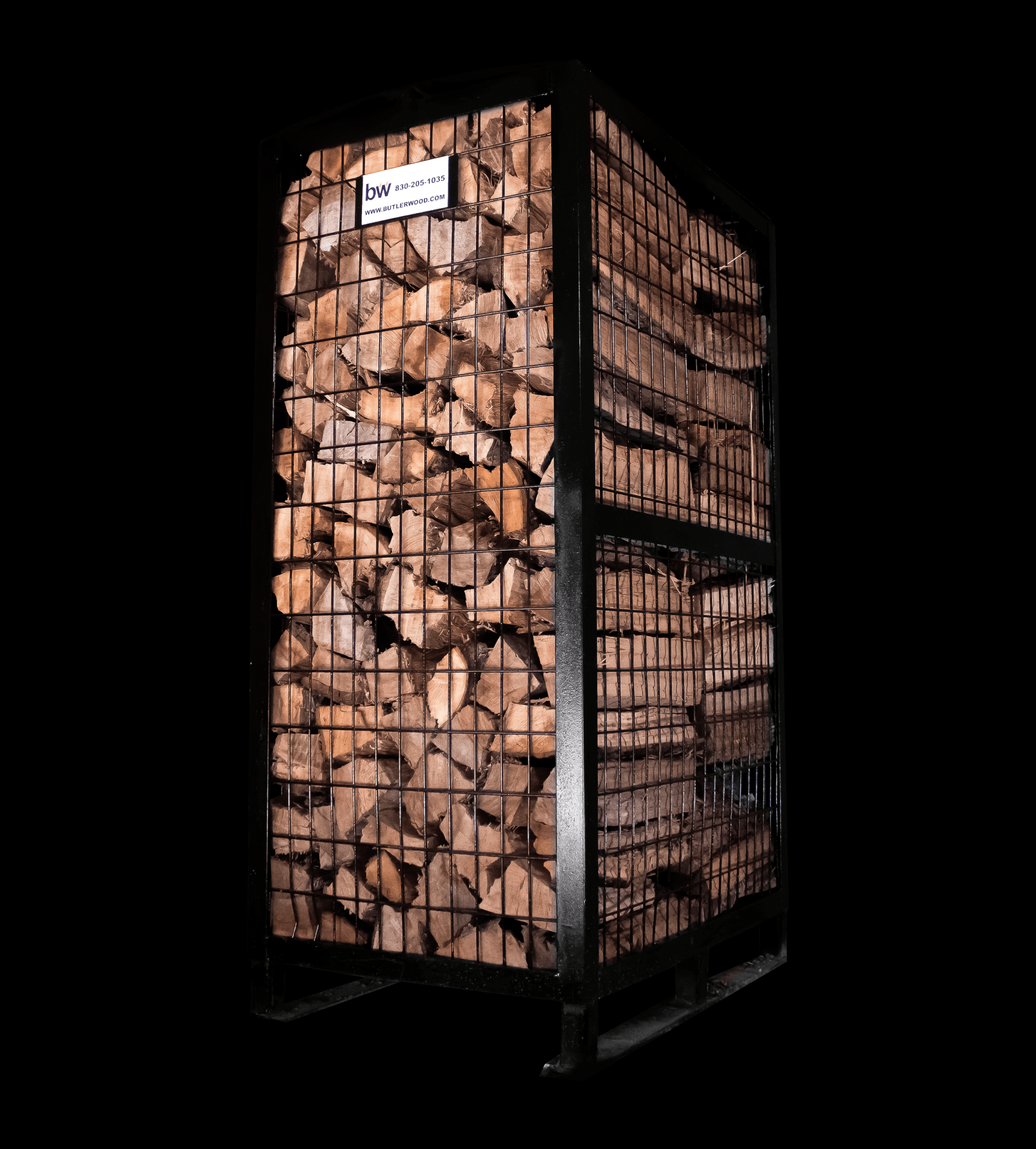
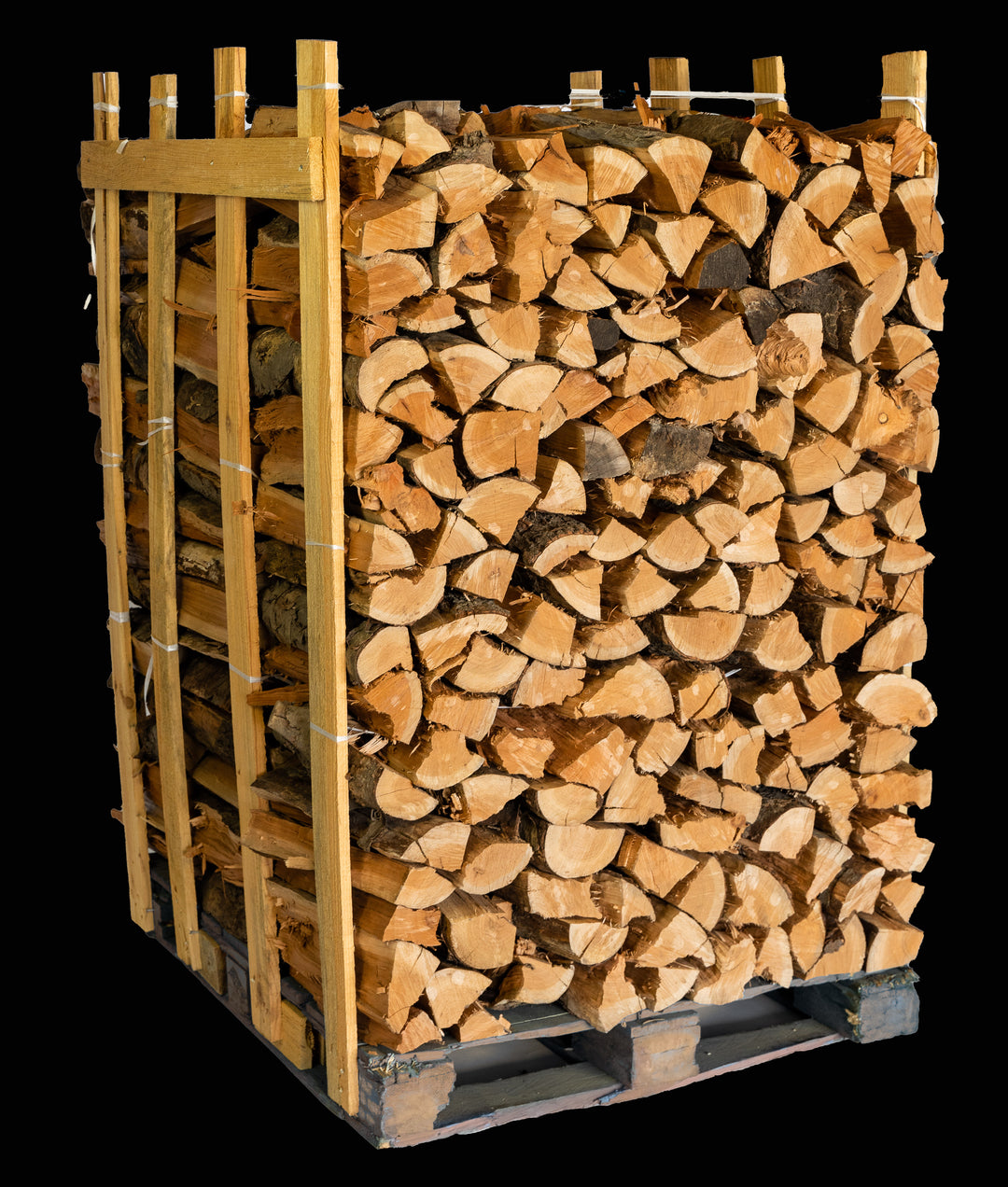


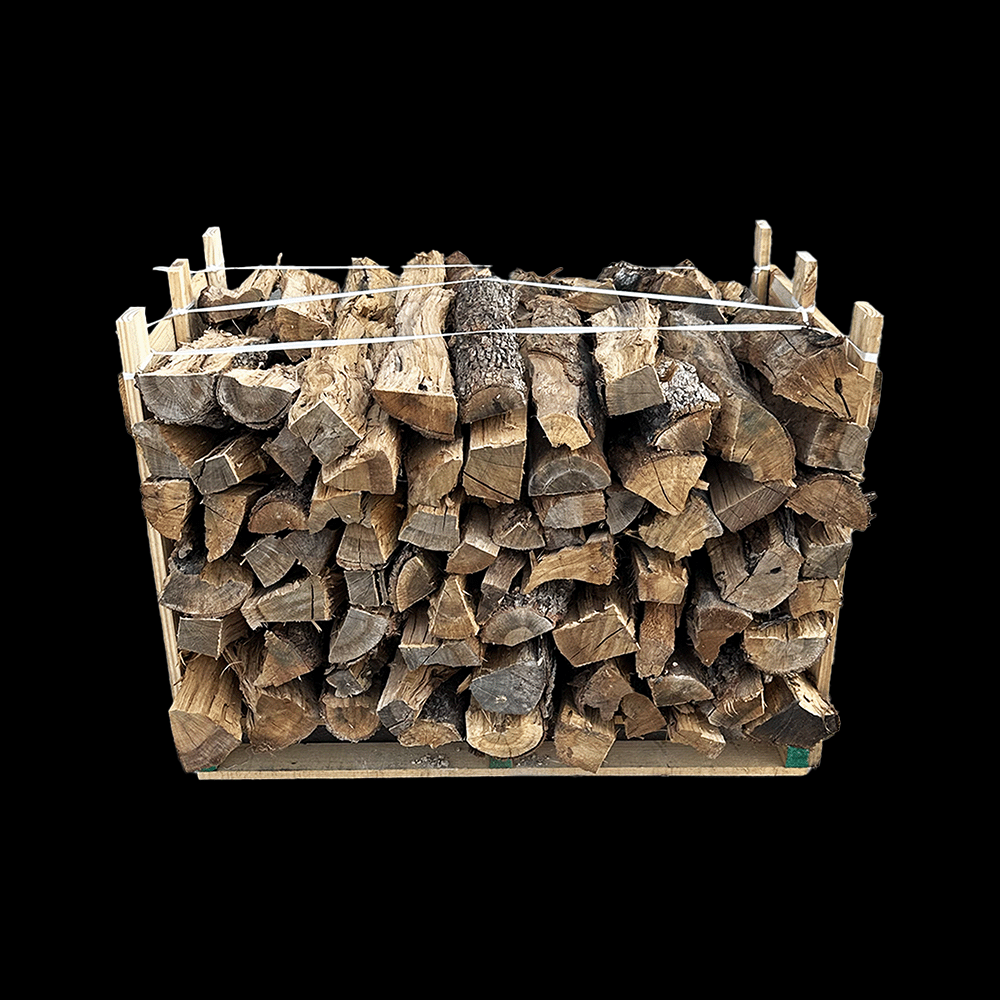
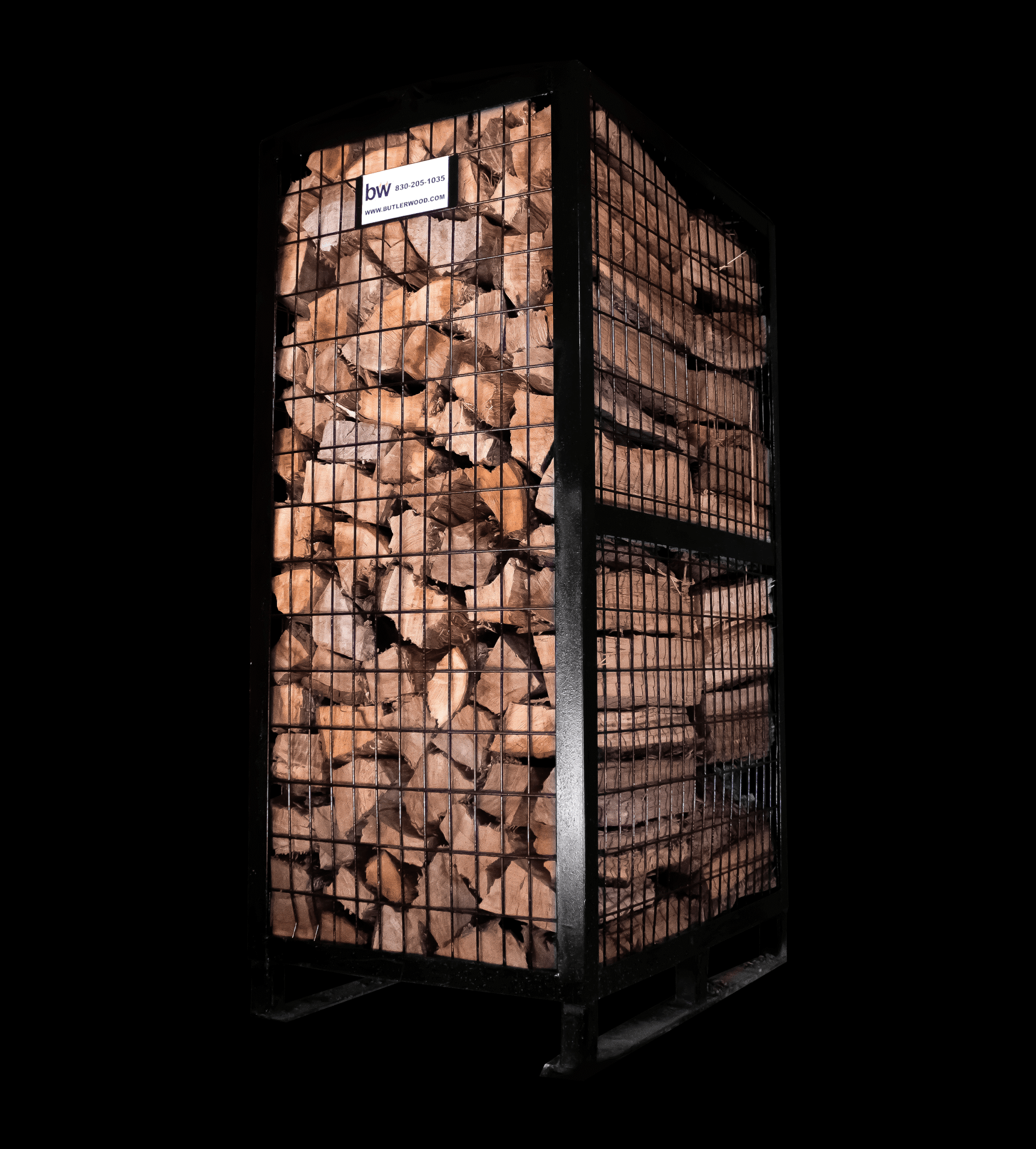
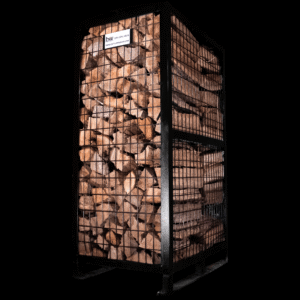
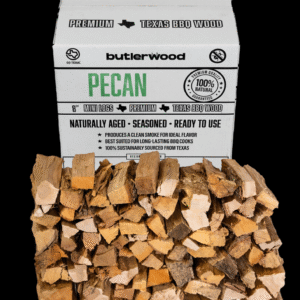
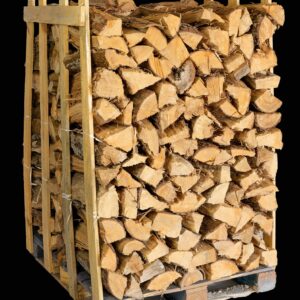
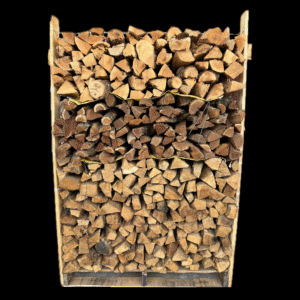
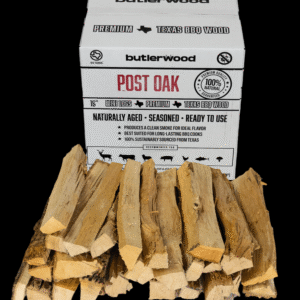




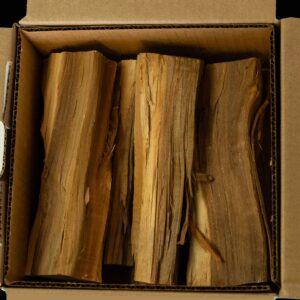

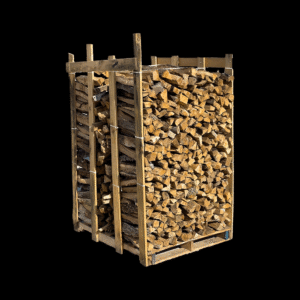

Be the first to review “PINON WOOD”